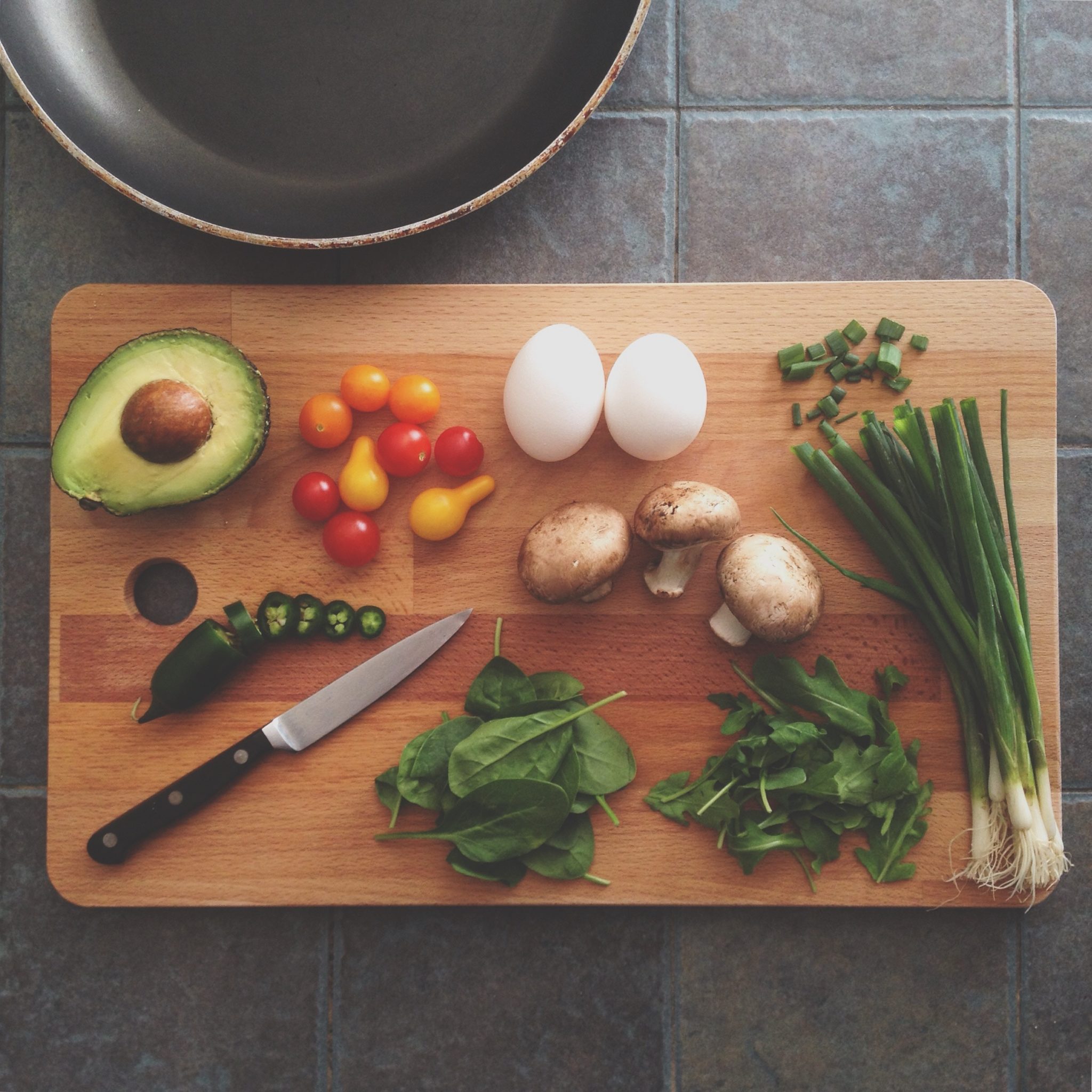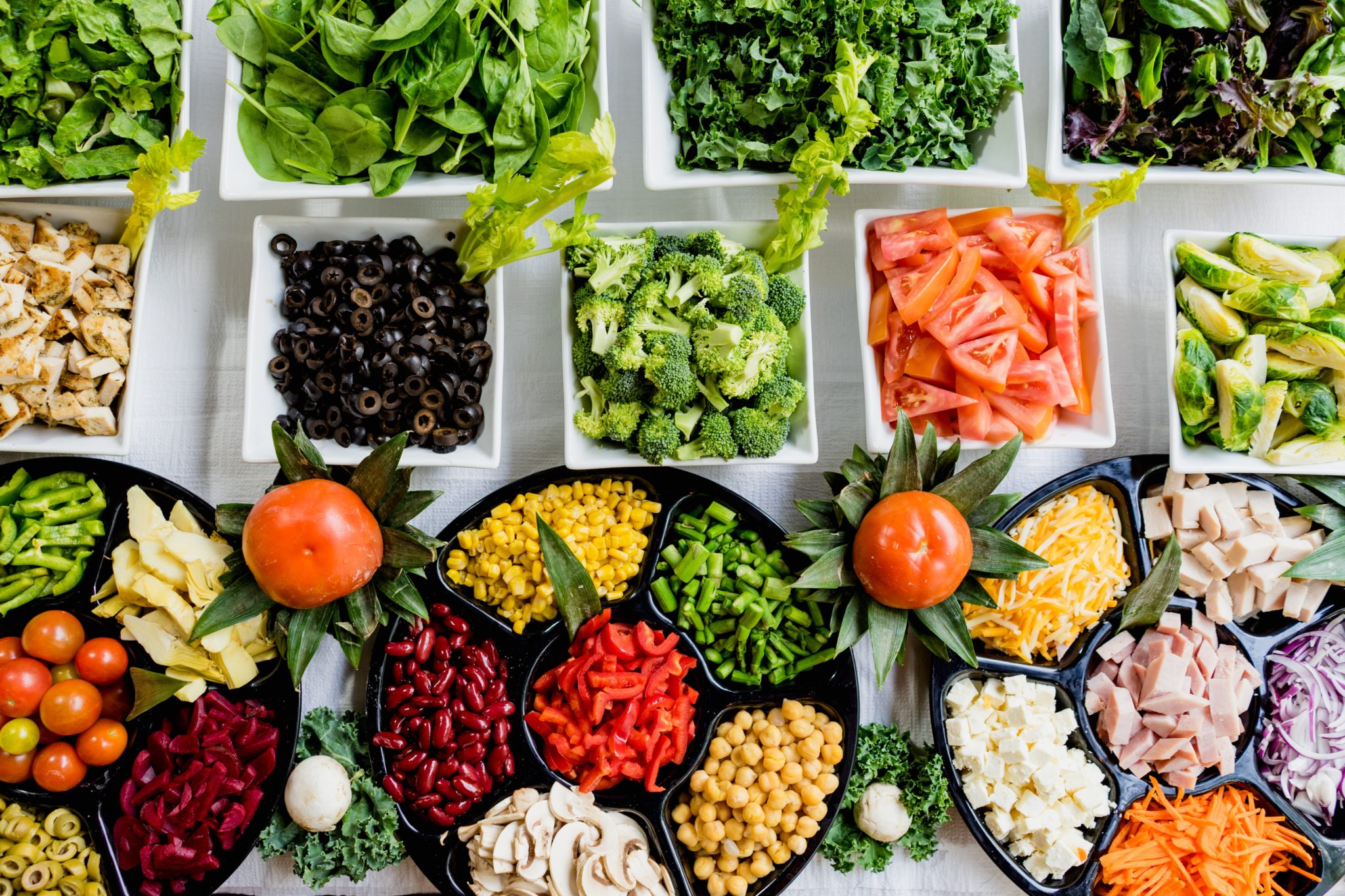Anyone who has worked in the camp industry knows that the summer camp menu is a big undertaking. Whether you’re in charge of the menu for a day camp or a sleep-away camp, you know that food options take some serious planning.
Below, we’ve got some ideas for the summer camp start-up or for the established summer camp ready to spruce up a tired menu. We’ll make sure we cover dietary restrictions, snack and meal ideas, and of course, healthy options.

Promoting a healthy lifestyle through your summer camp menu
Whether you’re running a day camp that only serves lunch and a snack or an overnight camp that serves meals and snacks from morning to night, healthy options should be in no short supply. Today’s kids are inundated with food and snack options that fill them with preservatives, dyes, and chemicals. Besides, these items don’t provide the necessary fuel that kids need when they’re spending the whole day outside, running, jumping, and swimming. So, how in the world can you provide low-cost, healthy options that kids will eat?
- Consider fresh, long-lasting fruit and veggie options. We know that fruits and veggies that spoil quickly- like strawberries, blueberries, lettuce, or bell peppers- aren’t good for the summer camp budget. However, some options are cheap and long-lasting. Apples, oranges, carrots, and potatoes are options that you can buy in bulk (to save money) and that will bear the brunt of summer camp heat. Throw them in a cooler or store in a dry place, and you’ll be good to go! no dyes, no chemicals, no preservatives- just good old, natural food.
- Add some canned or packaged fruit and vegetables as well. Let’s say you’re concerned about the weight or transfer of fresh produce. If this is the case, you could also add some pre-packaged, healthy options to the summer camp menu. Applesauce, canned fruit, canned vegetables are just some of your many options. Advantages? They’re easy to carry, easy to store, and long-lasting. Plus, studies show that children will eat more fruit and vegetables if they’re packaged in single servings.
- Healthy main-dish options are possible! Okay, we know that this isn’t possible to do for every meal, but providing high-protein meat is doable if you have a shish kabob night. Options are endless when it comes to shish kabobs- plus, they emphasize meat and vegetables (so healthy!) while being fun for the kids to put together and cook themselves (if you’re that daring). Other than shish kabobs, you can incorporate healthy meats into campfire foil packs, which we’ll discuss below.
- Grains are essential as well. They’re great sources of fiber, protein, and carbs, and they have tons of vitamins and minerals. So, how do you incorporate healthy grains into your summer camp menu? You could add whole grain cereals, pasta, rice, or bread. Oatmeal is another good option. However, if your goal is to increase the amount of healthy food that you serve at summer camp, you’ll want to make sure to avoid products that contain high fructose corn syrup or bleached grains, which is a challenge in itself.

But our current summer camp menu works. Why change a good thing?
If you’ve already got a working summer camp menu, you might be hesitant to alter it. So, instead of a giant menu overhaul, make small, manageable changes. You don’t have to throw away your whole summer camp menu to provide healthy options. Using the healthy tips above, add something new or make one small change to each meal, and before you know it, you’ll be on the path to a new, healthy menu without too much fuss.
Promoting healthy eating at summer camp is no small task, but it’s worth it when you consider the impact that diet has on the overall health of the kids. Plus, change is suitable for all of us!
Great, now how can I get the kids to eat these healthy foods?
When we envision a menu filled with healthy foods, we often fear the worst: grimacing, whining, and the stubborn crossing of arms in protest. Not only the kids but also the camp counselors could make a bad day out of good intentions. However, it doesn’t have to be that way. Here are some tips for making exciting changes to your summer camp menu.

Get excited. If you’re unwilling to get excited about a healthy camp menu, then the children certainly won’t be. Be willing to try new things and lead by example. You might think the kids will balk, but you’d be surprised how willing they’ll be to follow your lead.
Get the kids involved. Depending on what type of camp you run, there are so many ways to do this! Growing and harvesting foods is a great way to get your kids to be proud of their contribution, resulting in a willingness to eat! If that’s too much to add to your summer camp itinerary, consider getting the kids involved in the preparing and cooking process. This is another easy way to get kids excited about healthy foods.
Get creative. Everyone loves a beautiful spread of colorful food. Display your food options in a fun, creative way, and let the kids feel in control of their choices. Provide a few different healthy opportunities so that the kids feel empowered to make wise food decisions, and decorate a buffet that features the beauty of the food.
Don’t give up. If all of your plans come crashing down the first time you try to incorporate healthy foods, do not dismay! Sometimes kids need to see new things a few times before they’re brave enough to try. Be positive and encourage the kids, but don’t come down hard on them if they’re hesitant. Eventually, they’ll come around. Let Little Jimmy eat just apples and a piece of toast if he’s hesitant—maybe next time he’ll try something new.
What about dietary restrictions such as food allergies?
In recent years, medical dietary restrictions have become a rising concern in any educational or child-centered environment. As a result, summer camps have had to alter their menus to accommodate dietary restrictions of all kinds. No doubt that you’ve run into problems when it comes to medical diet needs such as food allergies.
Since this is such a pervasive issue and because child safety is involved, summer camps may find it necessary to hire a particular kitchen worker whose sole job is to accommodate these kids’ special diet needs. The last thing you would want is to see a child hurt due to the neglect of dietary restrictions. We know how you feel, so we’ve compiled a list of adaptations that your camp can make to your summer camp menus.
Nut allergies: Many schools across the USA are becoming nut-free facilities due to the growing number of peanut and tree nut allergies in recent years. Likewise, sometimes the best way to deal with an increasing problem is to remove the root altogether; that’s why we recommend considering this option as well.
Soy, dairy, egg, or other food allergies: It is impossible to remove every potential allergen; however, it is vital that camp workers remain hyper-vigilant about allergens, read labels, and avoid cross-contamination when preparing meals.
Epinephrine: Many children with food allergies have an epi-pen in case of exposure to allergens. Make sure all kitchen and counseling staff train themselves in the use of epinephrine. They should know when to use it, how to use it, and what to do following a severe allergic reaction.
Always provide an alternative: Find a safe, alternative snack or side dish that can be offered at each meal for those children who have food allergies. Work with parents to determine this snack or side-dish ahead of time so that accidents are avoided. You may even want to choose a pre-packaged alternative; that way, you can be sure that there has been no cross-contamination on any preparation or cooking surfaces.
Other dietary restrictions
You may also come across a child or two who has non-medical dietary restrictions such as that of a vegan or vegetarian diet. Again, this is a great conversation to have with parents when a child enrolls so that you can have back-up options for kids who don’t eat meat or dairy of any kind.
Now for the fun stuff!
The best part about camping is food, and everyone knows it! That’s why we wanted to give you some fun (but simple) summer camp meal ideas that can be made using your campfire.
Pizza– Every kid LOVES pizza. Imagine making pizza, complete with all the toppings that the kids choose, on the campfire. You can use a sandwich iron (purchase at just about any camping store) or a cast iron skillet. You could even use a pizza stone if you’re that fancy. You’ll need some bread for the dough: English muffin, pre-made dough, even regular bread or a biscuit! Then, add sauce and any toppings that the kids love, put it over a fire, and keep checking until it’s finished. You’ll be a pizza chef before you know it! A quick note: don’t forget to provide allergy-free choices for your kids with dietary restrictions (you can buy non-dairy cheese for occasions such as these).
S’mores or other fun treats– Kids will always expect some s’mores around the campfire. Since you’re providing healthy food options, it’s okay to splurge on some fun campfire treats here and there. In addition to s’mores, you could also make fireside banana splits. Just cut the banana from top to bottom along the inside curve, just deep enough so that you cut through the banana but not through the other side of the peel. Place it inside some non-stick foil and top with yummy things like chocolate chips or marshmallows. Twist the non-stick foil around each end like a tootsie roll and place on the fire. Cook 8 to 10 minutes and then let cool before digging in.
Omelet in a Bag– Kids can get creative or go plain with this morning campfire breakfast option. Break two eggs and place them in a plastic zipper bag and seal out the air. Then, scramble the eggs by squeezing the bag (the kids will love it!), reopen and add your favorite toppings (1 to 2 tablespoons each), reseal, and boil in a pot placed over your campfire. You can make a bunch at one time, and there’s virtually no cleanup, so everybody wins!
Simple Roast Chicken– If you’re searching for a healthy campfire meal, you’ve found it. Simply purchase a whole chicken (or 2 or 3 depending on how many kids you’re feeding) and cover it with salt, pepper, and butter. Wrap it in aluminum foil and place in hot coals for 2 hours, rotating it frequently to ensure proper and even cooking. Even though it’ll take a while, it doesn’t take much work and provides a large amount of healthy food for a hungry crowd. Add some fire-baked potatoes and a veggie for a complete meal.
Rice and Veggies– If you’ve already got your main meat or protein covered, here’s a side dish that will be easy and quick. Using aluminum foil and shaping it into a pouch, pour in Quick Rice and chicken broth or water (following amounts on the box). Seal the aluminum pouch and place in campfire coals. Add a veggie like green beans, broccoli, or squash to the rice if you want to. Cook for 20 minutes. It’ll be filling and clean up is as easy as balling up the aluminum foil and throwing it away.
Final Thoughts
Even though amending, changing, or writing a summer camp menu is challenging to work, it’s just as rewarding. Your summer camp kids will go to bed with full and happy bellies. And finally, you can relax knowing you’ve provided healthy yet fun options. After all, we could all stand to eat a few more fruits and veggies. Why not start this summer?
